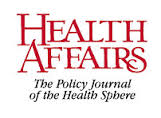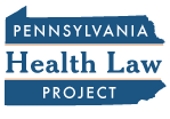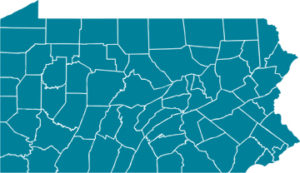Variations on Medicaid Expansion
While most states that have taken advantage of the Affordable Care Act’s Medicaid expansion have simply expanded their existing Medicaid programs to incorporate the newly eligible, six states have taken a different path, pursuing what are known as section 1115 waivers – waivers of formal Medicaid requirements – to expand their Medicaid programs in different ways.
Typically, those different ways involve coverage modeled on private sector insurance practices, including requiring the newly eligible to choose from among approved managed care plans on the private market; the elimination of some traditional Medicaid benefits; the imposition of work requirements and higher premiums; and more.
 In the new report Medicaid Expansion, The Private Option and Personal Responsibility Requirements: The Use of Section 1115 Waivers to Implement Medicaid Expansion Under the ACA, the Urban Institute takes a close look at the six states that have taken this alternative path; among the states reviewed is Pennsylvania and its now-discarded “Healthy Pennsylvania” Medicaid expansion plan. In addition, the Commonwealth Fund has published “The Promise and Pitfalls of Alternative State Approaches to Medicaid Reform,” a commentary on the efforts of the states that have followed this alternative path.
In the new report Medicaid Expansion, The Private Option and Personal Responsibility Requirements: The Use of Section 1115 Waivers to Implement Medicaid Expansion Under the ACA, the Urban Institute takes a close look at the six states that have taken this alternative path; among the states reviewed is Pennsylvania and its now-discarded “Healthy Pennsylvania” Medicaid expansion plan. In addition, the Commonwealth Fund has published “The Promise and Pitfalls of Alternative State Approaches to Medicaid Reform,” a commentary on the efforts of the states that have followed this alternative path.






